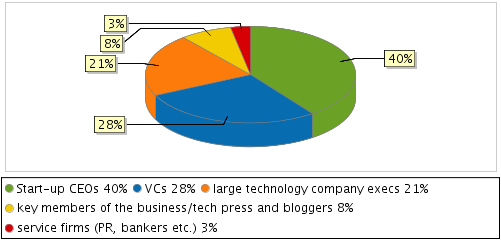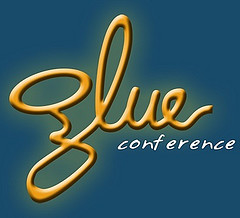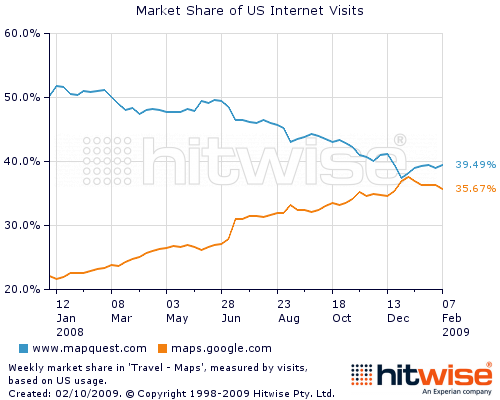 First of all, I love Gmail, it’s my one-and-only email system. And I’m certainly glad to see the ever accelerating rate of enhancements, whether “official” or just the Labs variety. But oh, please, can we have some control here and call features what they really are?
First of all, I love Gmail, it’s my one-and-only email system. And I’m certainly glad to see the ever accelerating rate of enhancements, whether “official” or just the Labs variety. But oh, please, can we have some control here and call features what they really are?
First there was the multiple inboxes announcement. Nice. Except that it wasn’t. Multiple inboxes, that is. Think about it: that would defy logic – unless we’re talking about handling multiple email accounts, which is clearly not the case with Gmail. This feature is multi-pane viewing – no more, no less.
Today we’re getting another new feature: Undo Send. Except that it really isn’t. Undo Send, that is.
Undo Send is what Outlook has offered for ages: you can actually recall a message that had already been sent, provided the recipient has not opened it yet, and you’re both on Exchange. What Gmail offers now is a momentary delay of 5 seconds, during which you may just realize you’re emailing the wrong Smith or Brown, and hit the panic Undo button. It’s not really undo, since the message was never sent in the first place – Gmail was holding it for 5 seconds, if you had enabled this option.
Of course, as just about all TechCrunch commenters note, 5 seconds is not enough, the delay might as well be configurable. Something like this:

Oh, I forgot. It’s from that other Web-mail system (the one that actually has multiple inboxes, too).
Update: MG Siegler over @ VentureBeat agrees this is not real unsend, and he remembers AOL had a real unsend/recall feature, just like the Exchange theme I described above.
Update #2: Oh, please… per Wired, Google already plans configurability, but all you get to pick is 5 or 10 seconds.
Related posts:


 . Other than the presentations, these events are also an excellent networking opportunity amongst the 400 or so attendees, so let’s look at the previous years’ attendance statistics by provided by Dealmaker Media:
. Other than the presentations, these events are also an excellent networking opportunity amongst the 400 or so attendees, so let’s look at the previous years’ attendance statistics by provided by Dealmaker Media:

 Th
Th
 . It’s nice to see the US Army SaaS-ified.
. It’s nice to see the US Army SaaS-ified. 
 What is Glue?
What is Glue? ) VC and Blogger Fred Wilson aptly calls it
) VC and Blogger Fred Wilson aptly calls it 
 ). Read their thought-provoking post on
). Read their thought-provoking post on  I’ve discussed earlier how
I’ve discussed earlier how 










Recent Comments